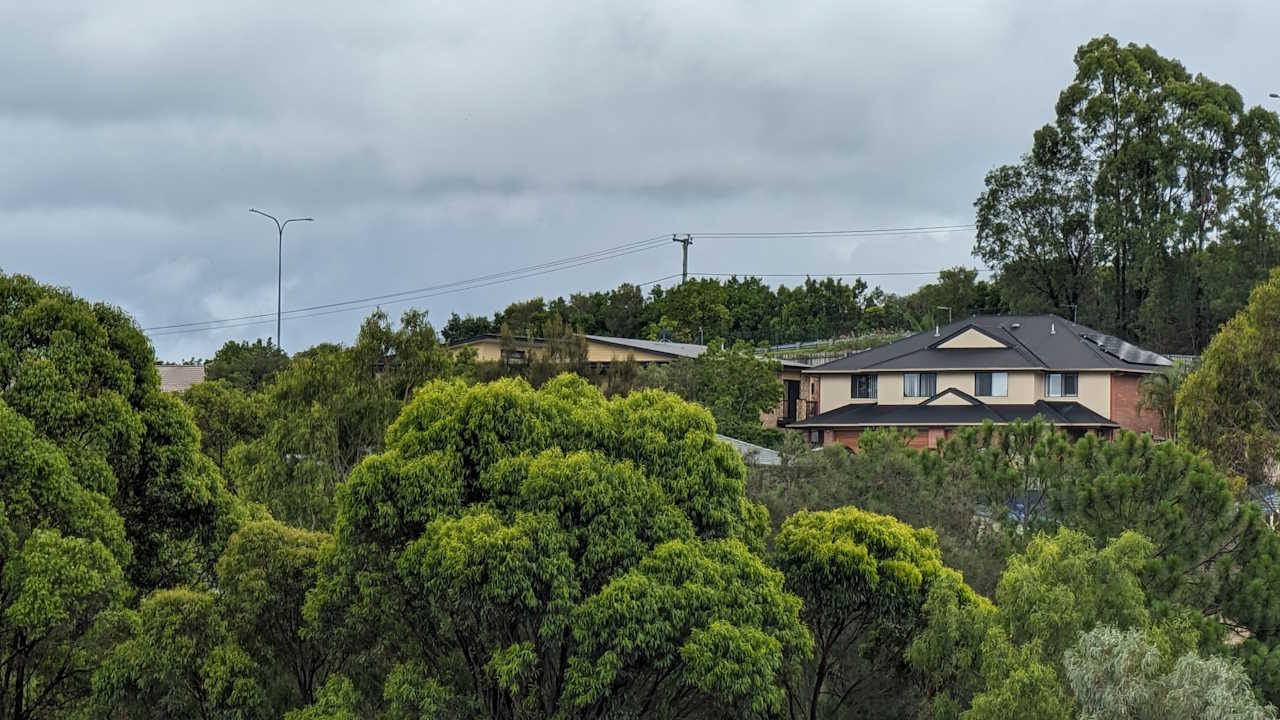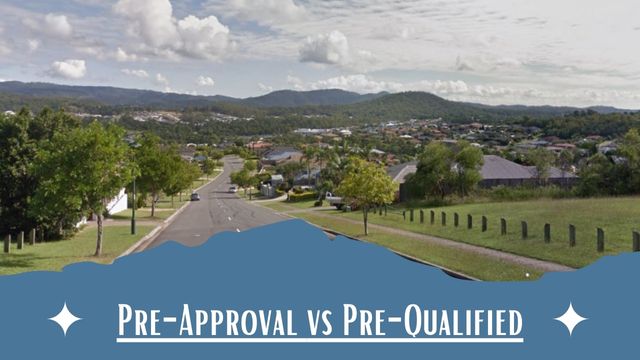Embarking on the journey of purchasing your first home is both exhilarating and challenging. It’s a milestone that represents stability, investment, and personal achievement. However, the process is filled with complexities that can be daunting for first-time buyers. This guide aims to demystify the home-buying process, providing step-by-step advice to ensure a smooth and informed experience. From financial planning to understanding the intricacies of real estate, we’ll cover the key aspects that every first-time buyer should know.
The importance of being well-prepared when entering the housing market cannot be overstated. The decisions you make during this process will have long-term implications on your financial health and quality of life. Therefore, it’s essential to approach this journey with a solid plan and a clear understanding of the dynamics involved. We’re here to help you navigate these waters, making your transition from prospective buyer to homeowner as seamless as possible.

1. Understand Your Budget
The cornerstone of your home-buying process is understanding and setting a realistic budget. This step involves a thorough assessment of your financial status, including income, savings, debts, and credit score. It’s crucial to have a clear picture of how much you can afford in terms of mortgage payments, keeping in mind that your housing costs should not exceed a certain percentage of your income.
Budgeting for a home purchase goes beyond the mortgage payments. You need to consider additional expenses such as property taxes, insurance, maintenance costs, and purchasing fees such as legal and application fees. Overlooking these aspects can lead to financial strain, so it’s vital to incorporate them into your budgeting plan from the outset.
2. Know Your Borrowing Capacity
Understanding your borrowing capacity is another critical aspect of the home-buying process. This involves getting pre-approved for a mortgage or talking to a broker to get an understanding of your borrowing capacity. This will give you a clear idea of the amount a lender is willing to finance.
Pre-approval is beneficial for several reasons: it sets realistic boundaries for your house hunt, it shows sellers that you are a serious buyer, and it can give you a competitive edge in a crowded market.
In addition to obtaining pre-approval, it’s important to explore different types of mortgages and lenders to find the best fit for your personal situation. Consider the interest rates, loan terms, and any additional fees associated with the mortgage. It’s also wise to consult with a mortgage broker to better understand your options and the long-term implications of your mortgage choice.
3. Research Neighborhoods
Selecting the right neighborhood is as important as choosing the right house. It’s essential to consider factors like safety, proximity to work, schools, and amenities, as well as the overall lifestyle the neighborhood offers. Think about your long-term plans and how the area fits into those plans. Does the neighborhood have growth potential? What are the local property values like? These are important considerations.

Additionally, try to get a feel for the community’s culture and vibe. Visit the neighborhood at different times of the day and week, talk to residents, and read up on local news and developments. This will give you a clearer picture of what life would be like in that area and whether it aligns with your preferences and lifestyle.
4. The Importance of a Home Inspection
A comprehensive home inspection is a crucial step in the home-buying process. It involves a professional evaluating the property to identify any potential issues that might not be visible during a regular visit. This inspection covers various aspects of the house, including the foundation, roof, electrical systems, plumbing, and more. The insights gained from a home inspection can save you from expensive surprises in the future and provide leverage in negotiations with the seller.
The home inspection process is also an educational opportunity. It allows you to learn about the condition and maintenance needs of the property. This knowledge is invaluable, as it prepares you for the responsibilities of owning that home. In some cases, the results of the inspection may even lead you to reconsider the purchase, which is far better than discovering significant issues after purchasing the property.
5. Factor in Additional Costs
When calculating the cost of buying a home, it’s important to look beyond the listing price. There are numerous additional expenses that buyers often overlook. Application fees, Lenders Mortgage Insurance, property valuation fees, legal costs, and more could add up to a significant amount.
After moving in you may face costs for repairs, renovations, furnishings, and ongoing maintenance. Not to forget property rates, utilities, and insurance. These recurring expenses should be factored into your ongoing budget to ensure financial stability and avoid surprises.
6. Secure Financing
Securing financing is a complex but crucial part of the home-buying process. It’s not just about finding a lender but also about understanding the terms of the loan, the interest rate, and how these factors affect your monthly payments and long-term financial planning. Comparing offers from multiple lenders can help you find the most favorable terms.
When choosing a mortgage, consider different types, such as fixed-rate, adjustable-rate, and government-backed loans. Each type has its pros and cons, and what’s best depends on your individual circumstances, including your credit score, income stability, and how long you plan to stay in the home.
Mortgage Brokers wrote 71.5% of new residential loans between July and September of 2023, and are often used as they are experts on writing home loans and helping people through the process of acquiring their home. We at Read Finance specialise in first home buyers purchasing their first residential property, so reach out for a meeting so we can discuss you’re circumstances and how we can help you.
7. Negotiate and Close the Deal
Once you’ve found your ideal home and have your financing in place, the next step is negotiating the purchase. This can be a complex process, involving offers, counteroffers, and potentially competing with other buyers. Although not required a buyer’s agent may negotiate on your behalf.
After reaching an agreement with the seller, you’ll proceed to close, which involves signing paperwork, transferring funds, and title registration.
Understanding the closing process and preparing for it in advance can help ensure everything goes smoothly. Buyers need to work closely with their solicitor or conveyancer, lender or mortgage broker, and real estate or buyer’s agent throughout this process to ensure all legal and financial requirements are met for a successful property transfer.
Conclusion
Buying your first home is a significant milestone, filled with excitement, challenges, and learning opportunities. By understanding your budget, knowing your borrowing capacity, thoroughly researching neighborhoods, conducting a comprehensive home inspection, preparing for additional costs, securing the right financing, and effectively negotiating the deal, you can navigate the process more confidently and successfully.
Remember, this is not just a financial decision but also a lifestyle choice and a long-term commitment. With thoughtful planning and informed decision-making, your dream of homeownership can become a rewarding reality.
Remember if you want to make an informed decision regarding your home loan, how much you can borrow, or the steps involved reach out to me. Jesse here at Read Finance.















